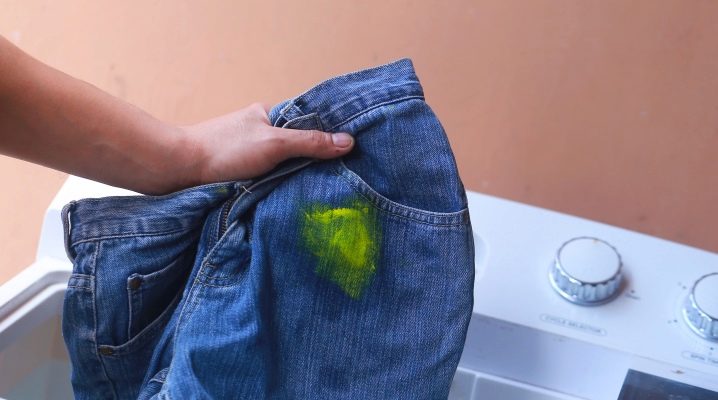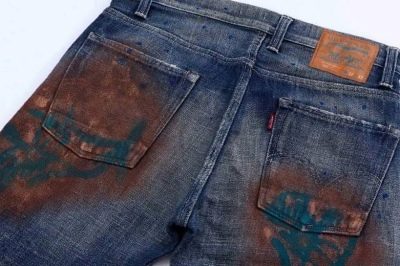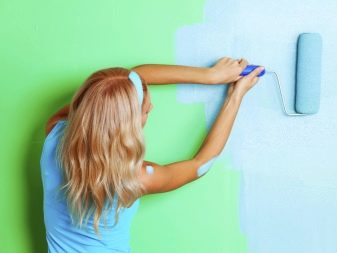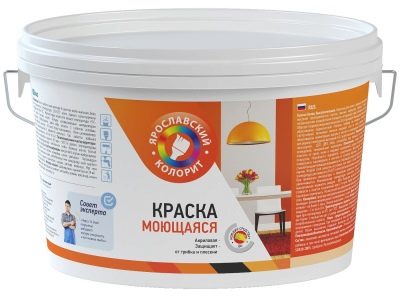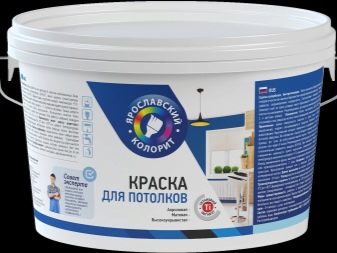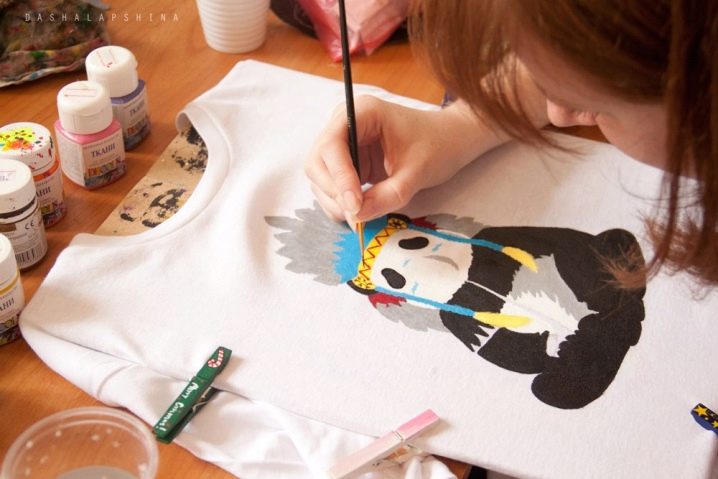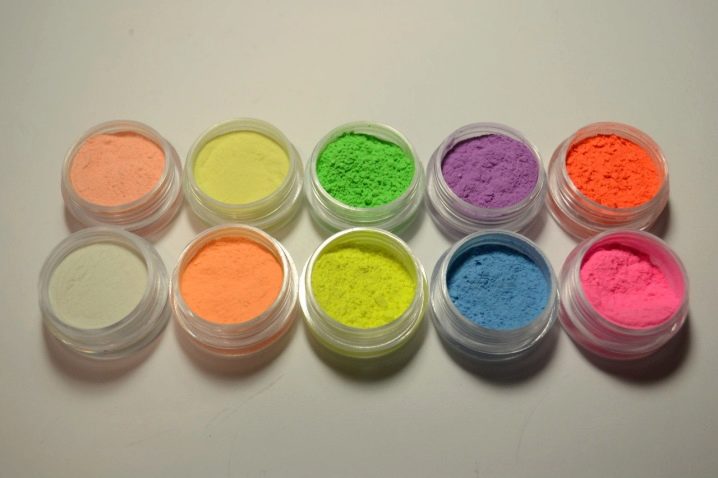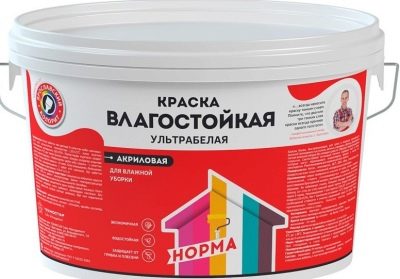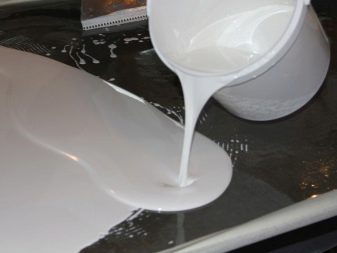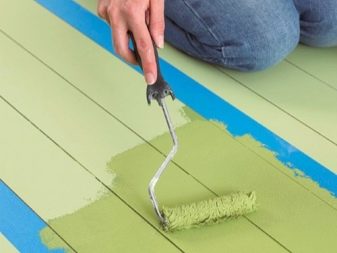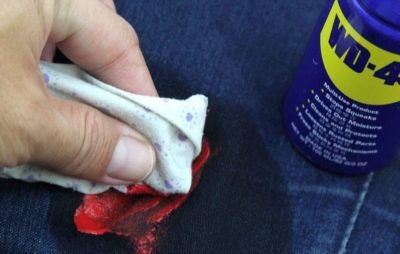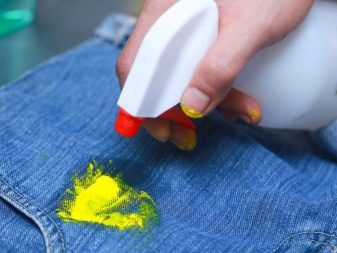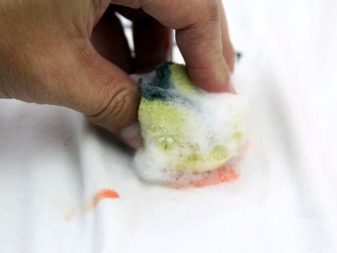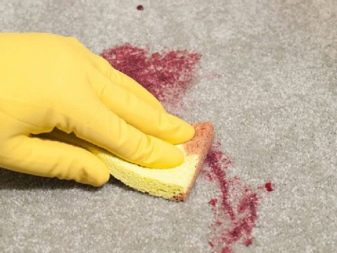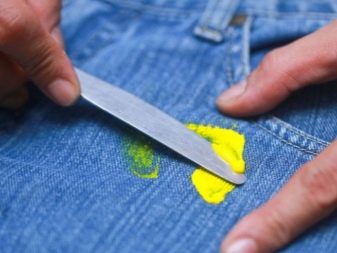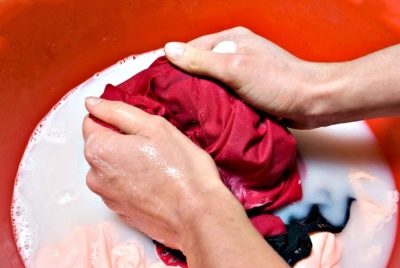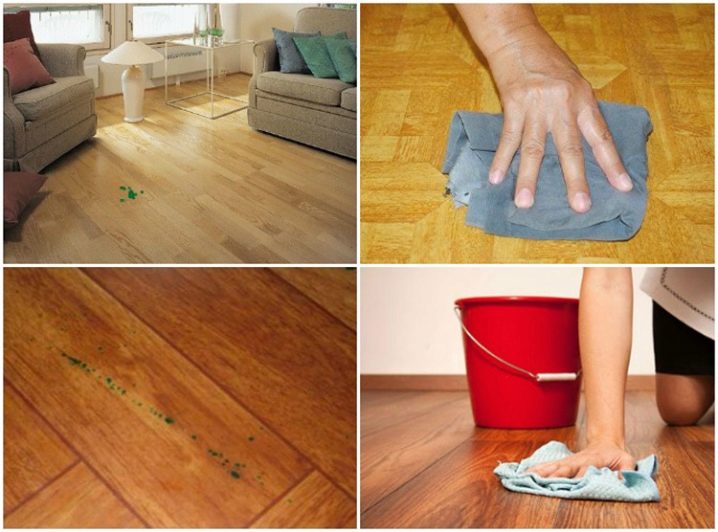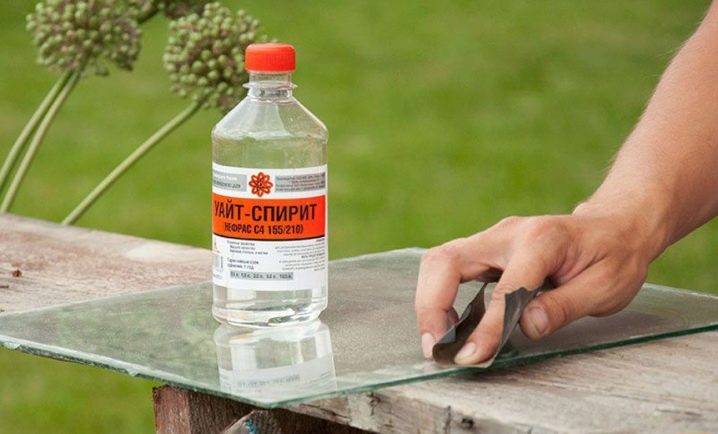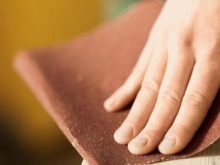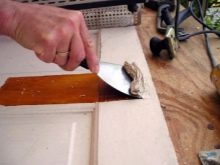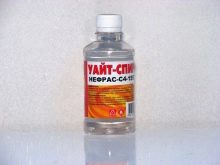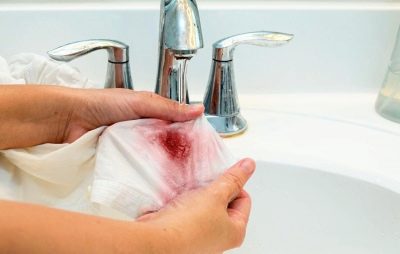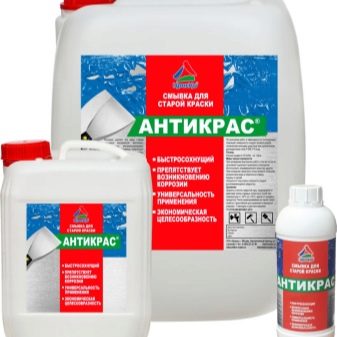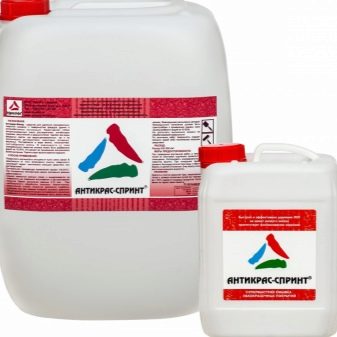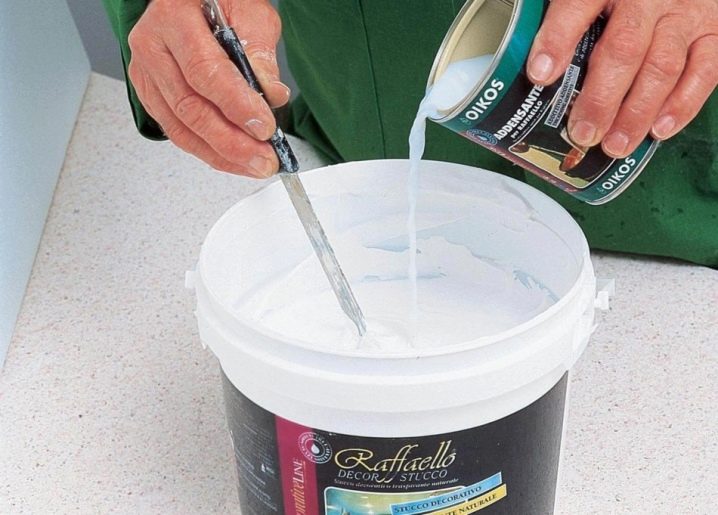Effectively remove acrylic paint from any surface.
Acrylic dyes, due to their durability and variety of colors, are popular in the art industry and in construction. Unfortunately, the solution does not always fall solely on the place allotted to it. When the paint does not go where it is needed, it must be removed. For this reason, you should know how to effectively remove acrylic from any surface.
Features of the composition
Acrylic paint is applied on various surfaces, including:
- tree;
- fabrics;
- plastic;
- concrete;
- brick;
- glass.
In the construction and repair of multifunctional coating is used both for exterior and for interior work. The choice of paint color is almost unlimited.In addition, it does not flow down on vertical planes, it fits well, does not form either strips or irregularities.
The paint is safe for people, it can even be used in children's rooms. The undoubted advantage is the ability of the coating to pass air and resist moisture. On surfaces treated with acrylic paints, mold does not appear, fungus does not start.
Unlike oil, acrylic paint is odorless, dries quickly and does not crack. It is not surprising that it is she who is preferred in most cases when repairing residential, industrial and office premises. Excellent characteristics of paints due to their composition. The composition of different manufacturers may differ slightly. However, for all paints belonging to the category in question, the following ingredients are required:
- binding basis;
- acrylic fillers;
- pigments;
- additional additives.
The binding basis is assigned the main role: it unites all the substances included in a single composition. The basis is water-soluble polymeric material. Acrylic resin is required for the production of the main component.The base provides paint color fastness.
Used resins must be of high quality. Only in this way the paint will receive all the positive characteristics of the finishing material.
Acrylic fillers are needed for:
- improve the protective properties of dyes;
- uniform distribution of color within the composition;
- increase adhesion of the applied material with the treated surface.
Color or a shade of paint depends on pigments. In fact, pigments are a powder consisting of the smallest particles. Once in the composition, the particles do not dissolve, but are evenly distributed throughout the entire volume of the liquid. Pigments, depending on their origin, are divided into:
- organic;
- inorganic;
- natural;
- piece.
Additional additives are needed to obtain certain characteristics. For example, they increase moisture resistance. The presence of some additives allows you to get a matte surface, others - glossy.
How to wash fresh stains?
The drying speed of acrylic paint is its advantage. If the paint gets to the floor when painting the walls, quick drying will become a real problem.
So:
- It is difficult to launder a quick-setting tool from hands and it is especially difficult to take it out of the fabric. Therefore, when working you need to be careful. And in case of accidental application of acrylic on non-staining surfaces, quickly remove its traces.
- A fresh stain without a trace is erased with a damp cloth or foam sponge. The main thing is to have them always at hand and to start up in a timely manner. Stains must be removed without haste, with special care.
- If the painting process does not allow distractions to remove splashes, proceed to the cleaning of accidentally contaminated surfaces or objects immediately after the end of the next operation.
- Weakly grasped paint will succumb if it is washed with warm water with ordinary soap or mild detergent. Always available in the house means: vinegar and soda will help to eliminate the problem. On still not old spot it is necessary to apply warm water with the addition of soda or vinegar. In a few minutes the paint will soften, it will become easier to erase it.
- Not too long ago, stained surfaces can be cleaned by heating the stains. The paint begins to swell, then it is removed with a scraper.The method is applicable only when the base under the dye is not damaged by strong heating.
- Within half an hour spots can still be overcome. After the formation of the film, it will not be possible to do this, and the removal of pollution will turn into a long and painstaking process.
How can you wipe off dried dirt?
Difficulties arise when it is necessary to remove dried dirt. In the liquid state, the acrylic mixture can even be washed off or erased. But as soon as she grabs, a solid dense mass will not give in to water.
Facades painted with acrylic paint are not washed away under the streams of rain. And it is beautiful! But in order to clear the surface of the dye splashes after the completion of the finishing work, the resistance of the coating becomes a certain problem.
The method of removing dried paint depends on its location:
- If the stain formed on a hard surface, the paint could not penetrate inside. Then, to eliminate the need for something spicy. For example, with metal and ceramics, a drop of paint can be cut with a knife. The surface is not affected.
- From the surface of the tile paint is removed with a scraper, spatula or blade.Gently move the paint away from you gradually. With enough care and slow work, the surface will become clean. Scratches will not appear on it. Wash the cleaned tiles with a clean soapy compound and wipe dry.
- Greater accuracy requires removal of dirt from linoleum and plastic. Although these materials do not absorb paint, they have a softer structure. Rough pressing of the cutting tool can damage them. Therefore, we must act carefully, gradually. Pry off sticky blot can be a spatula. A few neat but persistent movements, and the paint peels off.
- From the window the paint that fell on it during the repair should be washed off with a special tool. Modern household chemicals cope with virtually any pollution. Paints are no exception. A good glass cleaner should be sprayed over the surface, paying special attention to dye stains. After a couple of minutes, you can wipe off loose particles from the glass with a soft cloth.
The first attempt may fail. Then the operation must be repeated, and the stain will disappear without a trace.
- Removing paint from a tree takes place in several stages.The upper part is removed with a spatula or scraper. Then comes the turn of fine-grained sandpaper. It can be used to remove paint from a wooden surface almost to its very foundation. In order not to damage the product, wash off the residual thin layer with a cloth moistened with alcohol. When contaminated rag changes to a new one. This continues until the complete removal of the stain. The treated place will have to be polished.
- The greatest difficulty is the removal of paint from the surface of the fabric. The fact is that once on woven material, acrylic is absorbed into it. Even with timely water cleaning, the dye is not completely removed completely.
Washes are designed for each type of paint. With this tool, stain removal is simplified. The wash is applied to the fabric, dissolves the paint, and then rinsed with water. The lack of washing - an unpleasant smell.
It is better to work with the chemical in gloves and a respiratory mask.
Useful tips:
- When buying acrylic paints is to get acquainted with their composition. The best choice would be those that do not have ammonia or other substances harmful to humans.
- Acrylic paints are known to be diluted with water.The use of hot water will lead to faster setting. Cold water, on the contrary, will somewhat slow down the freezing, which, in particular, is very important for removing random drops.
- Do not have to worry about random spots, if you thoroughly prepare for work. For this you need to cover with a wrap furniture that remains in the repair area. You can put thick paper or polyethylene on the floor.
- Even when the paint does not emit unpleasant odors and does not sting the eyes, you should not refuse personal protective equipment. Glasses will protect your eyes from the smallest splashes, petal mask - most of the face, gloves - hands, and comfortable work clothes - the rest of the body.
For information on how to remove acrylic paint, see the next video.
